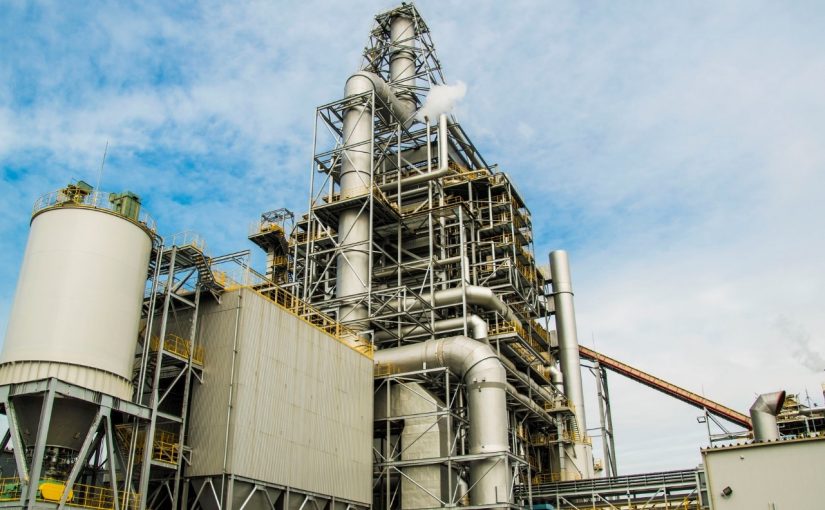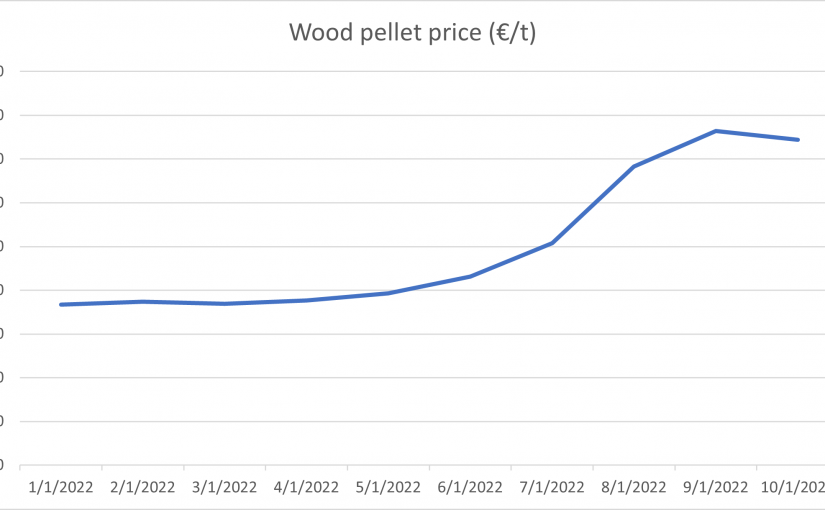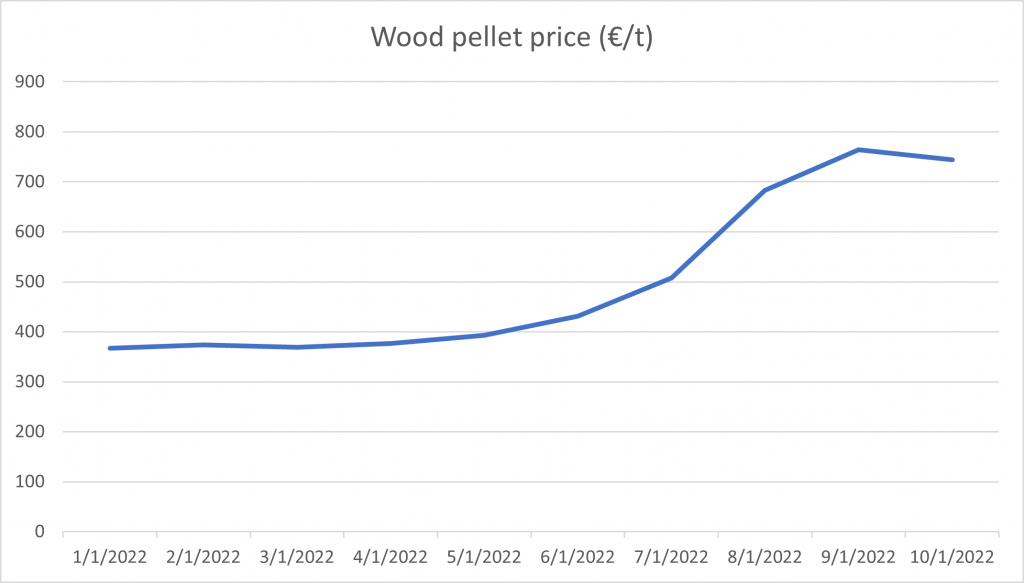
IN THE US, filling up your car has become 46 percent more expensive in the last year—though those outside the country can only dream of paying $4.25 for a gallon of gas. In the UK, the average price at the pump is closer to $9.77 a gallon. Austria and Germany are planning to ration natural gas usage in the face of high prices. And on April 1, UK consumers swallowed a 54 percent price increase to heat their homes. Meanwhile, Russian president Vladimir Putin has said customers must pay for Russian gas in rubles or face being cut off. In response to recent events, US president Joe Biden has dipped into the country’s strategic petroleum reserve, bringing it to its lowest levels in nearly 30 years. Despite that, a barrel of oil still costs 60 percent more than it did a year ago. Interventions to bring prices down haven’t worked.
Wherever you are and whatever you do, you have almost certainly felt the sting of the global energy crisis. And there’s no end in sight. “We got into this mess long before the Ukraine war,” says Thierry Bros, professor of energy at the Sciences Po university in Paris. “But Putin also helped us get into this mess.” Bros points to Europe’s overdependence on energy giant Gazprom, which the Russian state owns a majority share in, making it impossible to replace all Russian gas overnight. Russia is the world’s second-biggest supplier of natural gas, behind the US, and third-biggest supplier of oil, behind the US and Saudi Arabia. For Adi Ismirovic, a senior research fellow at the UK-based Oxford Institute for Energy Studies, it’s an indication that the world has sleepwalked into the energy crisis by not preparing for the post-fossil-fuel future.
Germany, for instance, is closing several of its nuclear power plants at a time when they still work and are still needed in the European energy mix. Why? Blame politics. As it stands, Ismirovic believes that Europe can survive without Russian oil, which accounts for around 30 percent of supplies for the European Union. But it can’t survive without Russian gas, which makes up 40 percent of gas in the EU. “Without oil, there will be problems, but it can survive,” he says. “But it would really struggle without Russian gas. Lights will probably have to go out next winter.” That’s if Russia decides to halt deliveries—and that remains a big if. But the situation is deteriorating. Putin has said that he will require payment for Russian gas supplies in rubles from April 1 in order to dodge sanctions—a move countries including Germany have described as “blackmail.” The move has raised concerns that supplies could be disrupted.
Faced with ballooning prices and the fallout of Russia’s illegal war, countries are asking other fossil fuel producers to turn on the taps. OPEC, which is often cited as an example of a cartel, organizes and then disburses what accounts to around 40 percent of average annual global demand. The oil trading organization has been asked to increase supplies to make up for any Russian shortfall—or to allow countries to cut Russia out entirely. So far OPEC has refused. On March 31, it said it would increase supplies by 432,000 barrels a day starting in May, an amount far lower than is needed and a less than 2 percent rise on existing production. So why won’t OPEC open up the taps? The reasons may be economic. Ismirovic says high prices mean more money for OPEC countries, many of which are allied to Russia and likely to benefit from the market crunch. (The poor relationship between the US and key OPEC member Saudi Arabia after the murder of journalist Jamal Khashoggi may also make the organization less likely to act.) “You can’t press cartels to supply more oil because the cartel is there to ensure higher revenues for the cartel members,” says Ismirovic. “They want high prices, not low prices.”
OPEC’s inaction is why Biden has tapped the US strategic petroleum reserve, releasing a million barrels of oil into the market a day. But this seemingly bold move has had little impact. The oil price fell when Biden announced he was taking action, but not significantly—an indication that US strategic oil amounts to little in the larger context. “It’s an easy button to press,” says Ismirovic. “It’s a fundamentally tight market.” And it’s one of our own making.
Political expediency and short-term thinking have kept the world on the brink of an energy crisis for years, with politicians preferring to win voters with eye-catching policies than to implement difficult long-term plans that would change market fundamentals. The global share of gas in primary energy consumption has never been higher at a time when the world is supposedly greenifying its energy supply. Politicians have kept fuel prices low and threatened windfall taxes on energy companies, limiting their ability to invest in alternative solutions, says Ismirovic. Countries have built infrastructure to prop up cheap hydrocarbons, rather than investing in more expensive alternatives that would be beneficial in the long term. The world has dipped its toe into the renewables sector, growing the global share of renewables in electricity generation to 38 percent in 2021, while not fully supporting it fast enough to make up for fossil fuel shortfalls in the case of emergencies. Then the global energy crisis came along to demonstrate how broken things really are.
Politicians the world over are now forced to try alternative methods to stymie energy demand and shrink the supply gap. Ismirovic says the UK government’s recent announcement of an energy price cap for customers is another example of short-term thinking that exacerbates, rather than addresses, the underlying issue with the market. The price cap limits the amount suppliers can charge households even if wholesale prices increase more than the 54 percent mandated rise. Germany and Austria plan to ration gas use in the face of high prices. Rationing has occurred because of fears about the long-term viability of the Russian supply: Germany meets 56 billion cubic meters of its total 102.1 bcm demand using Russian gas, while Austria relies on Russia for 80 percent of its gas demand.
“Markets are the best solution for high prices,” Ismirovic says. “You get what we call ‘demand destruction.’” The state should support those unable to pay through other governmental levers, Ismirovic argues, rather than instigating rationing or price caps. With price-driven demand destruction, users that don’t need to consume energy, such as fertilizer firms that use gas, or individuals who drive cars as an option rather than a necessity, drop out as the prices get too high for them, he says. At the same time, government financial stipends can support households struggling to pay bills. Demand destruction leads to a temporary reduction in the amount of energy we need, which in turn gives the market breathing space to readjust in times of shortage.
And there’s another, impossible-to-ignore factor at play. The world may now need to temporarily postpone its green energy plans, after having overlooked clean energy options when there was plentiful fossil fuel supply. “Renewables can’t do much,” says Bros. Low-carbon sources of energy account for less than 40 percent of global electricity generation—a significant proportion, but not enough to survive on. And renewable energy growth slowed last year, compared to the 10-year average. “What’s not already in production isn’t going to help us in the coming days,” says Bros. His suggestion? Put the climate crisis on hold for the coming months and burn whatever is available now—then, once fossil fuel prices come down, move back into green tech.
Bringing the global energy crisis to an end by swallowing higher prices and undoing years of progress on climate change may seem drastic—but we’re in pretty drastic times. “We are facing a military crisis, an economic crisis, an energy crisis, and the climate crisis,” says Bros. “Let’s solve them in order, otherwise we’re not going to solve anything.” Currently, the urgency of the supply crisis outpaces the rate at which we can build the cleaner, greener infrastructure needed to beat back climate change.
Getting out of the current mess will also require brutal honesty from politicians, who will need to embrace unpopular measures. Governments need to explain that massive investment, far more than has already been earmarked for green alternatives, is needed to secure the future, even if Russia ends its illegal war. Countries will need to “overinvest” to increase spare capacity, while individuals will need to reduce their energy usage. Germany will have to reconsider its approach to nuclear, and other countries will be forced to reconsider their attitude toward fossil fuels.
“I consider myself green,” says Ismirovic, “but I’ve had arguments with uber-green people who say: ‘No more oil, no more gas.’ It doesn’t work like that. We still need some oil and some gas. Pressing companies not to produce has driven supply down.” Mooted windfall taxes are also a no-go, he suggests.
There are no quick fixes for the global energy crisis, Ismirovic argues, but we can use this moment as motivation to unpick the almighty mess that got us here in the first place. “You need these energy companies to solve your problem,” he says. “These guys have to invest for the next 10, 20, or 30 years—even longer, sometimes—to get the sort of energy we need.”
























